
Atom American Welding Society Education Online
1. Draw five protons in the nucleus of the atom. Label them with their charge. 2. Draw six neutrons in the nucleus of the atom. 3. Draw two electrons in the first energy level and label them with their charge. 4. Draw three electrons in the second energy level and label them with their charge. 5. What element is represented by the diagram?
/GettyImages-141483984-56a133b65f9b58b7d0bcfdb1.jpg)
Basic Model of the Atom Atomic Theory
Atom. Atoms are tiny particles that form the basic building blocks of all matter in the universe, whether solid, liquid, or gas. All living organisms and nonliving objects found on Earth are made of trillions and trillions of atoms. The smaller particles that make up an atom are known as subatomic particles. The term 'atom' was derived from.
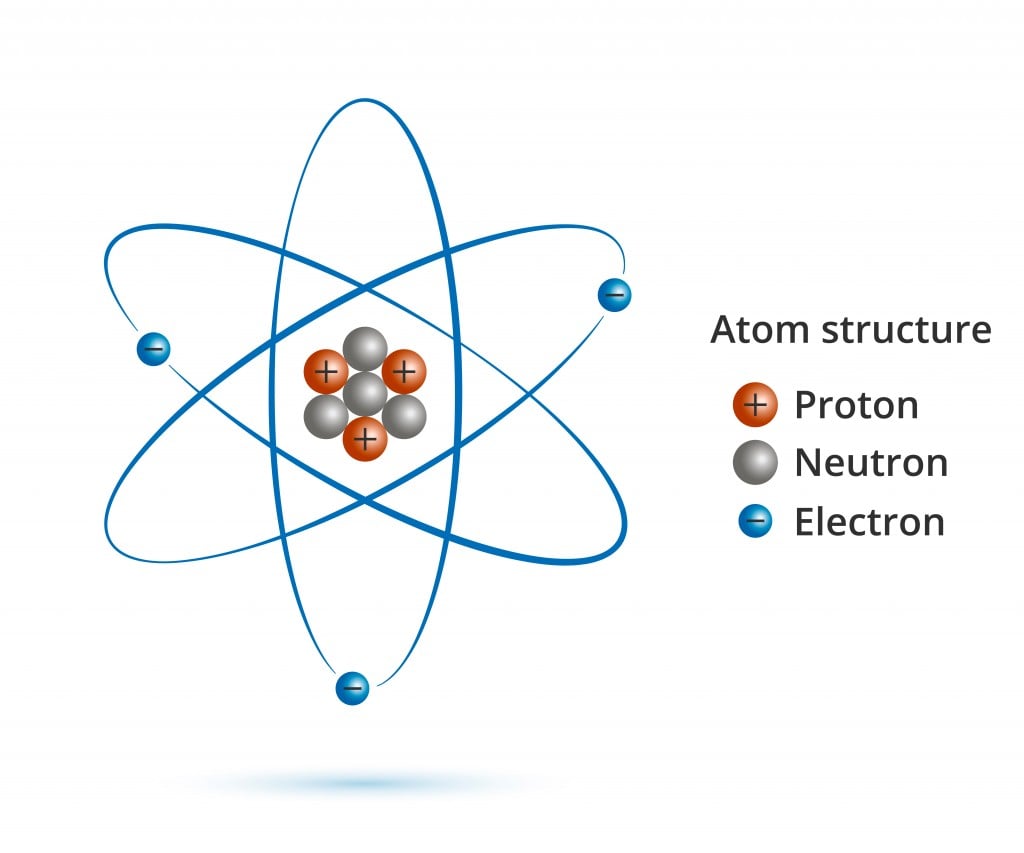
Isotopes Definition, Explanation, Properties And Examples
Negative particles in the electron cloud. Discovered by JJ Thomson. Particle with no charge in the nucleus of an atom. Discovered by Chadwick. Positive particles found in the nucleus of an atom. Discovered by Ernest Rutherford. Start studying Label the Atom. Learn vocabulary, terms, and more with flashcards, games, and other study tools.
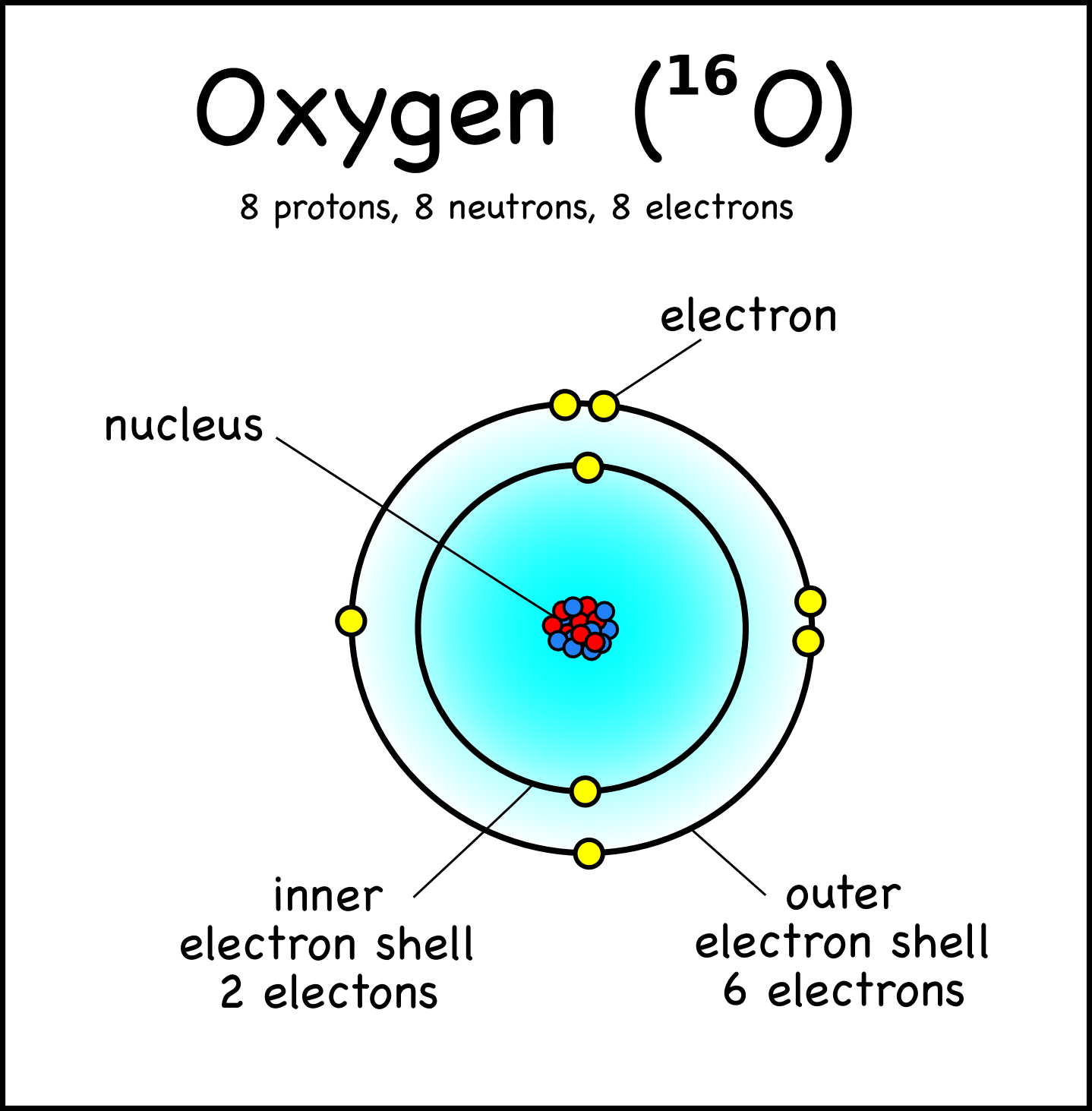
The Nucleus of the Atom and Radioactivity
The number of dots equals the number of valence electrons in the atom. These dots are arranged to the right and left and above and below the symbol, with no more than two dots on a side. (It does not matter what order the positions are used.) For example, the Lewis electron dot symbol for calcium is simply. Figure 1 shows the Lewis symbols for.

Atomic structure Mychem
Physical Chemistry (Essentials) - Class 11 8 units · 52 skills. Unit 1 Welcome to physical chemistry. Unit 2 Structure of atom. Unit 3 Some basic Concepts of Chemistry. Unit 4 Redox reactions. Unit 5 Gaseous state. Unit 6 Thermodynamics. Unit 7 Chemical Equilibrium. Unit 8 Ionic equilibrium.
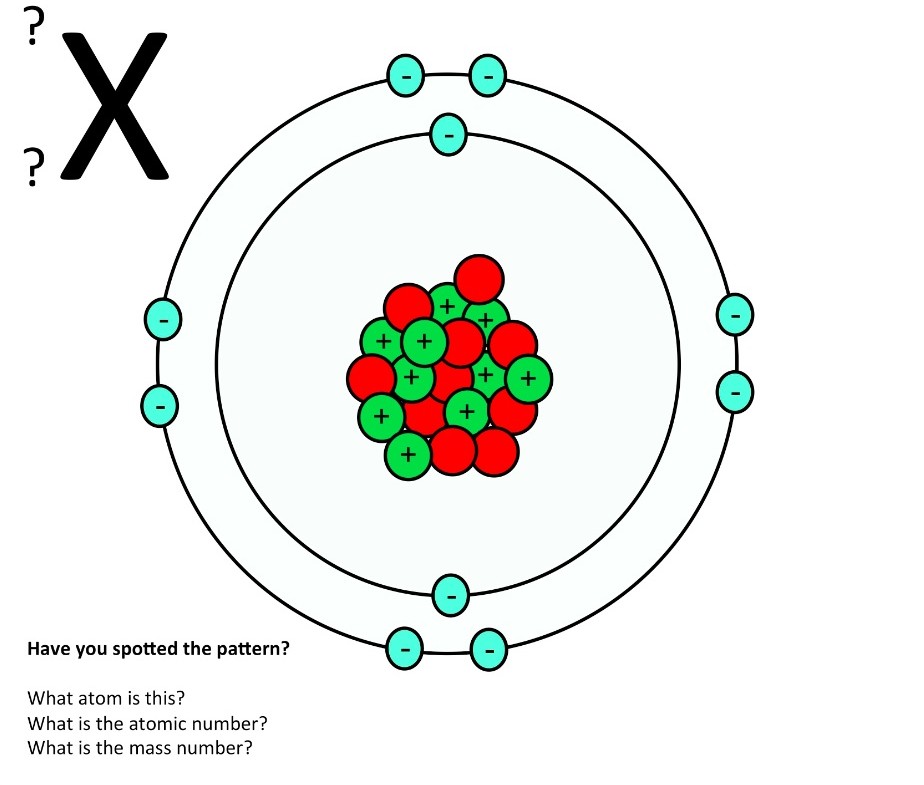
Atomic structure teaching resources the science teacher
Atomic structure is the structure of an atom that consists of a nucleus (the centre), protons (positively charged), and neutrons (neutral). The electrons are negatively charged particles that orbit the nucleus's centre. Democritus came up with the concept that matter is composed of atoms. John Dalton, in 1800 proposed the first scientific.

Atomic Structure Broad Learnings
Diagram of alpha and beta decay in two Uranium isotopes. Credit: energy-without-carbon.org. Nuclear fission, where an atom of Uranium 92 is split by a free neutron to produce barium and krypton.
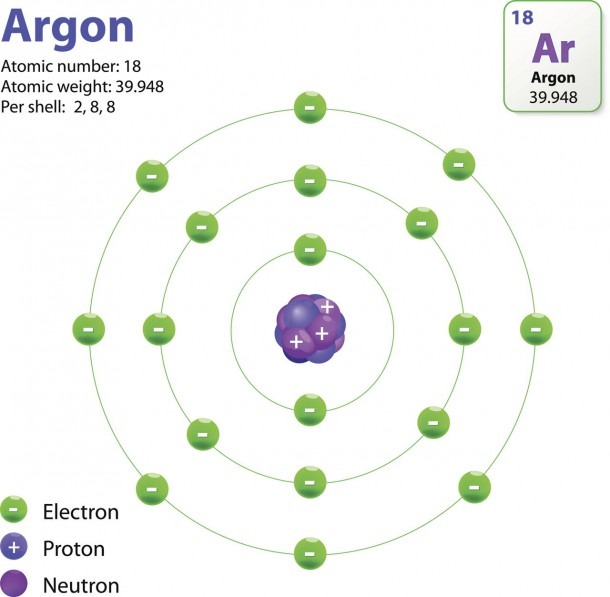
The Structure Of An Atom Explained With A Labeled Diagram Best Diagram Collection
Atom Diagram [/caption]The image on the left is a basic atom diagram. This one shows the protons, neutrons, and electrons of a carbon atom. Each is in a group of six. That makes the atom very stable.
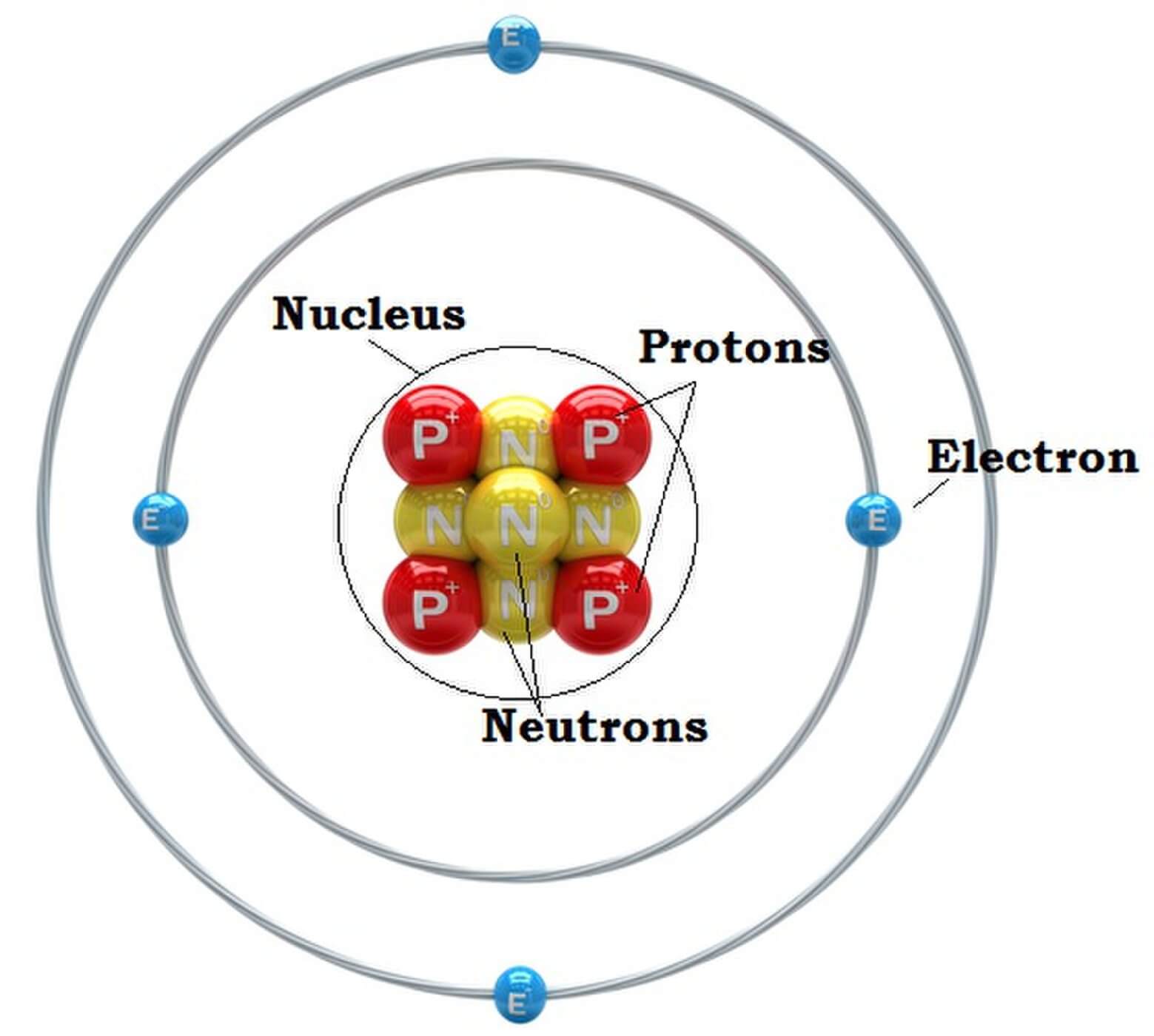
What is an Atom? Definitions & Examples Let us learn Basics News Bugz
Basic Diagram of an Atom. Most of an atom is just empty space and consists of a positively charged nucleus of protons and neutrons surrounded by a cloud of negatively charged electrons. The center of an atom is the nucleus and one or more electrons surrounding the nucleus. When one says an atom is electrically neutral, it means that the number.
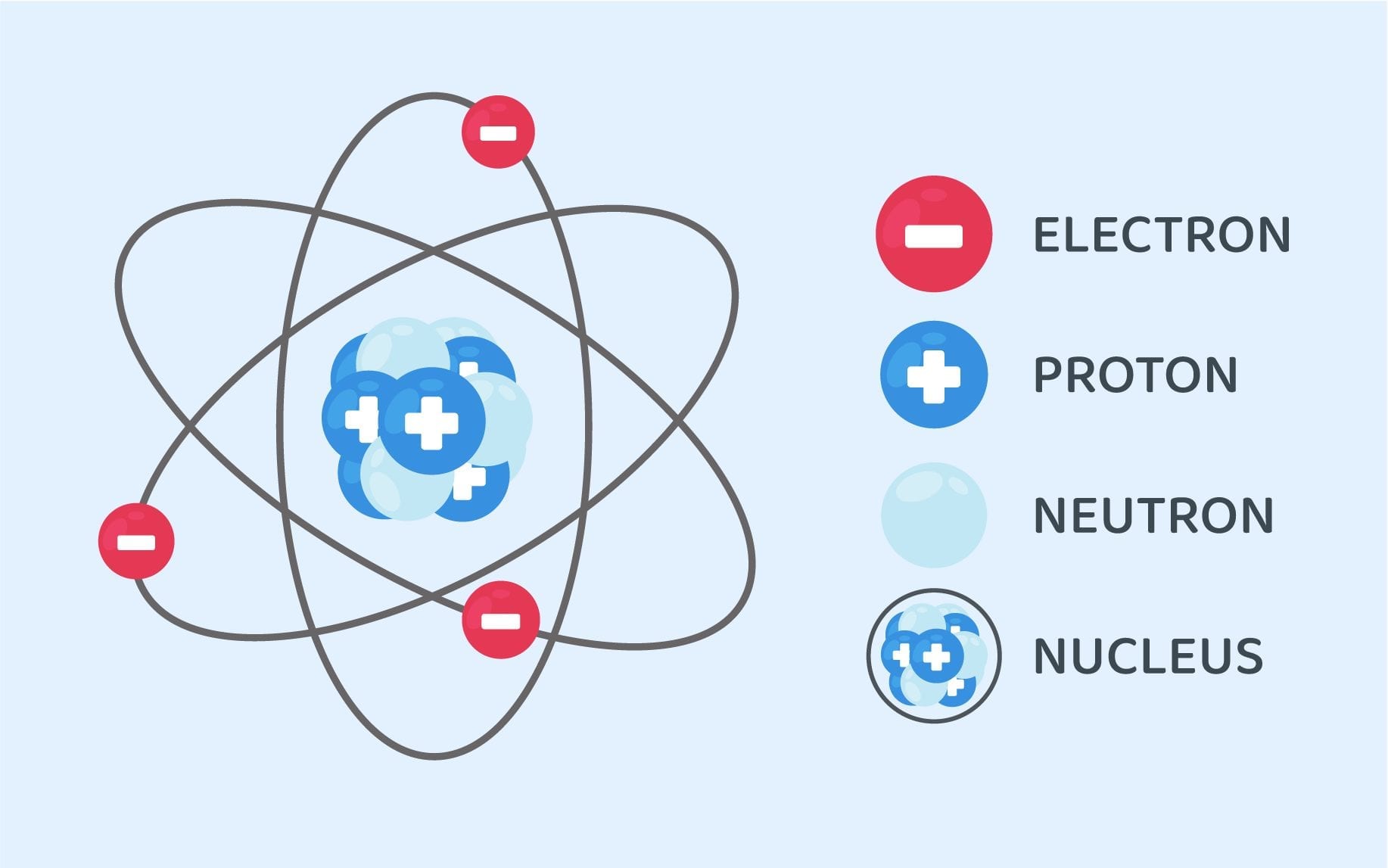
Structure Of An Atom Class 9 Science Notes Leverage Edu
A Lewis electron dot diagram (or electron dot diagram, or a Lewis diagram, or a Lewis structure) is a representation of the valence electrons of an atom that uses dots around the symbol of the element. The number of dots equals the number of valence electrons in the atom. These dots are arranged to the right and left and above and below the.
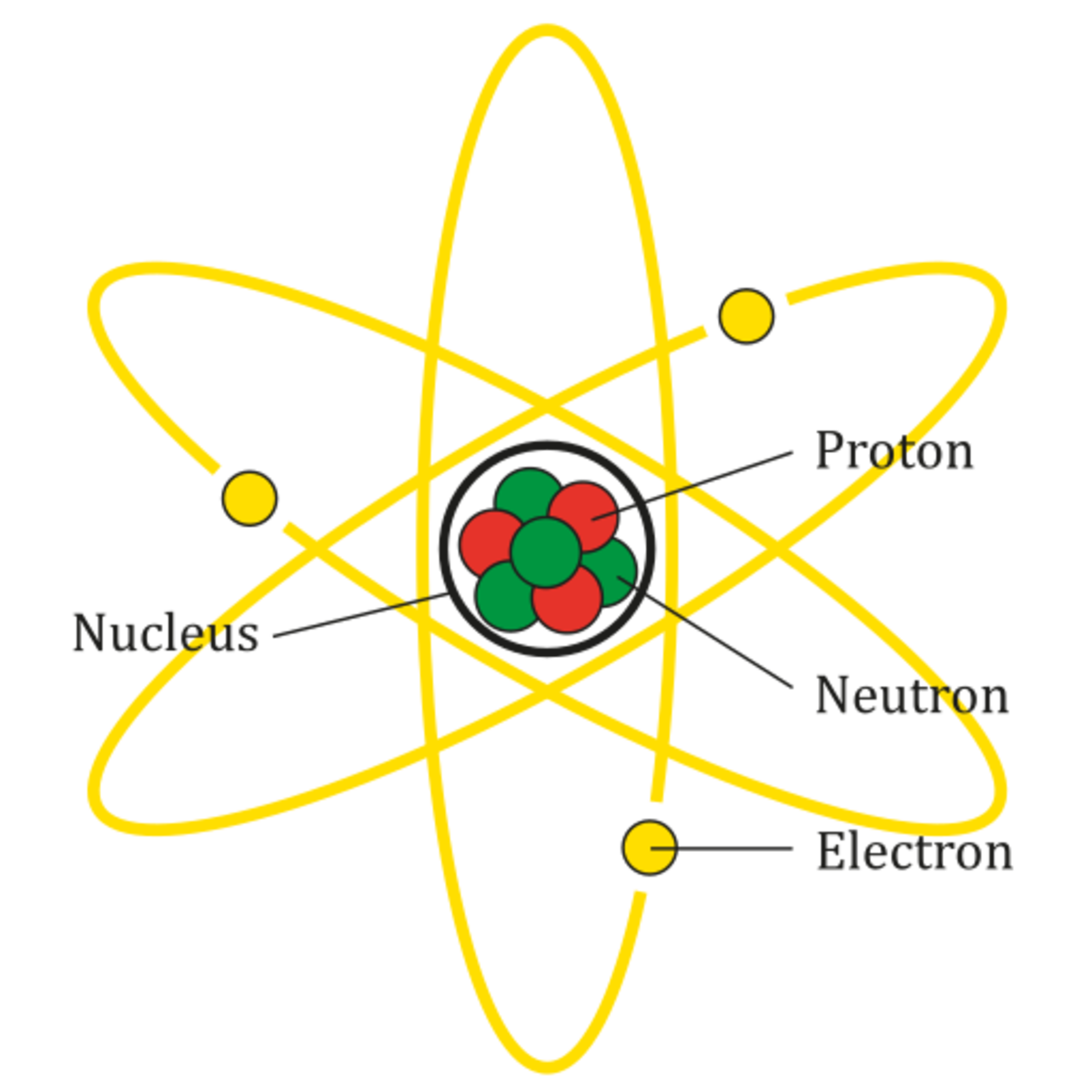
Atoms, Molecules, and Compounds What's the Difference? Owlcation
Bohr diagrams show electrons orbiting the nucleus of an atom somewhat like planets orbit around the sun. In the Bohr model, electrons are pictured as traveling in circles at different shells, depending on which element you have. Figure 2 2 contrast the Bohr diagrams for lithium, fluorine and aluminum atoms. The shell closest to the nucleus is.
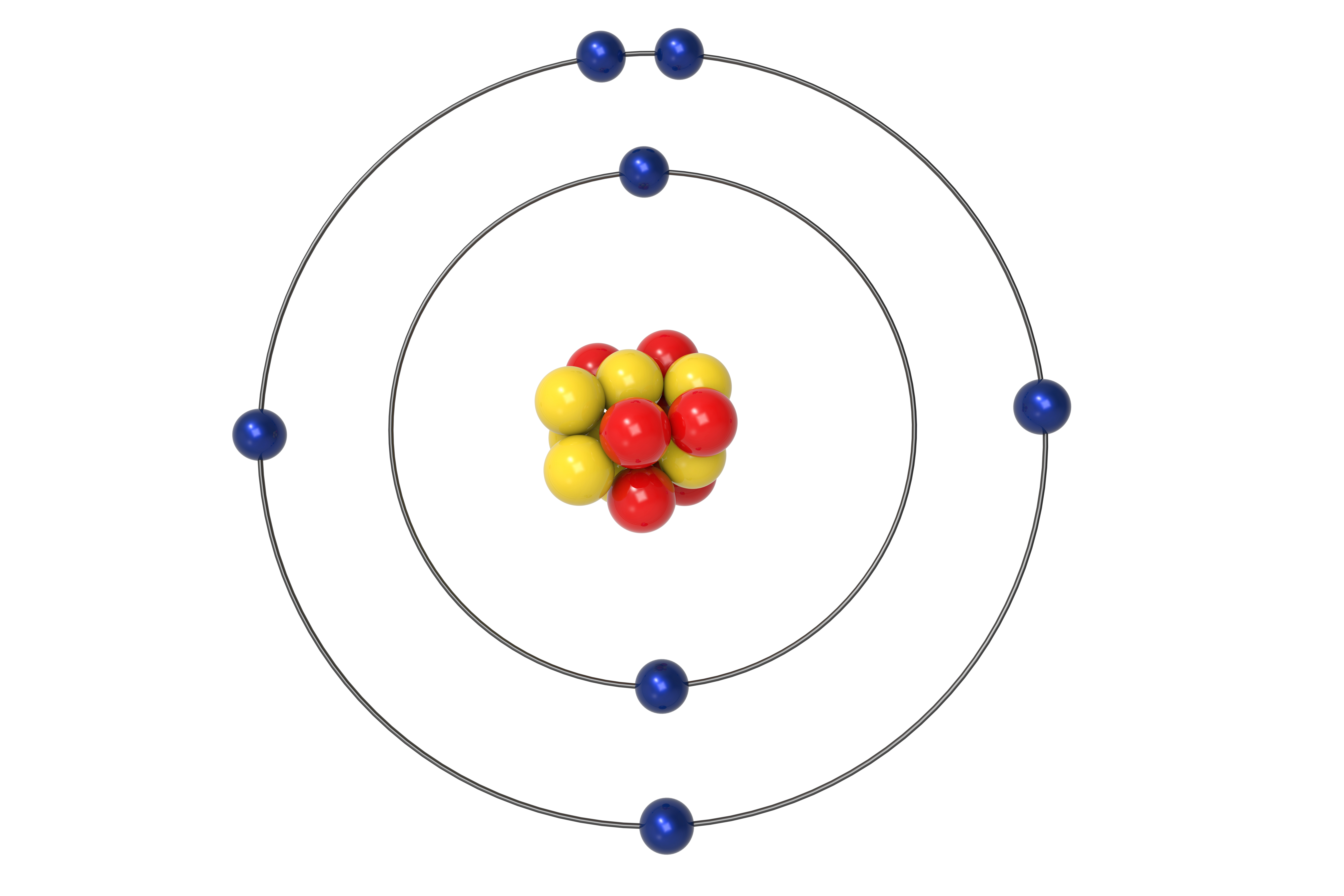
atom diagram to label
An atom has a central nucleus close nucleus The central part of an atom. It contains protons and neutrons, and has most of the mass of the atom. The plural of nucleus is nuclei..This is surrounded.

Learn the Parts of an Atom
Because the sum of the numbers of protons and neutrons equals the mass number, 127, the number of neutrons is 74 (127 − 53 = 74). Since the iodine is added as a 1− anion, the number of electrons is 54 [53 - (1-) = 54]. Exercise 2.2.1 2.2. 1. An ion of platinum has a mass number of 195 and contains 74 electrons.
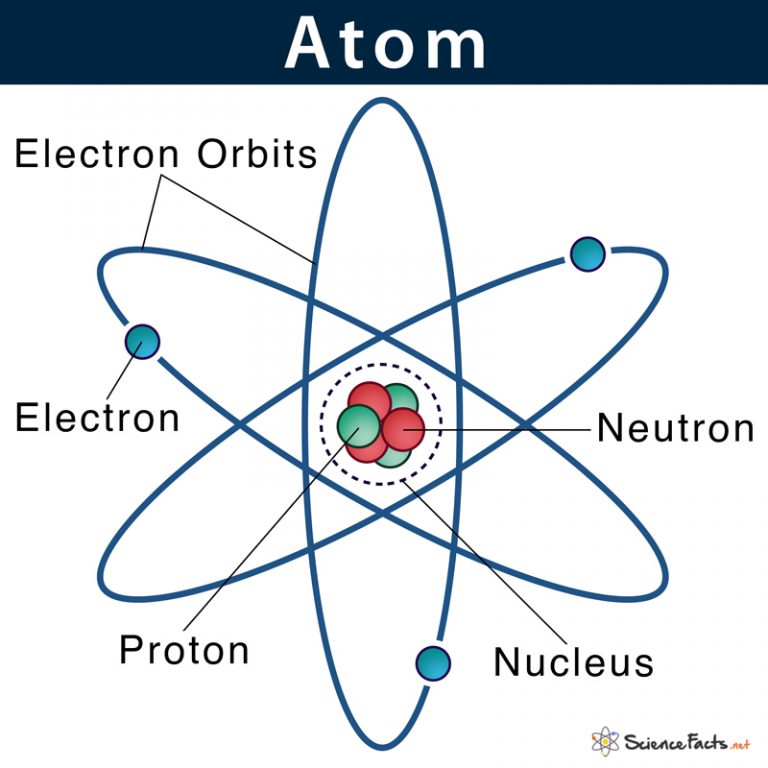
Atom Definition, Structure & Parts with Labeled Diagram
Mass number. It is total number of proton and neutron present in the nucleus of each atom of an element. Mass number = No. of proton + no of neutrons. = atomic number - no of neutron. For example: the mass number of fluorine is 19 and atomic number is 9. Thus the number of neutron in an atom of fluorine is 19-9 =10.
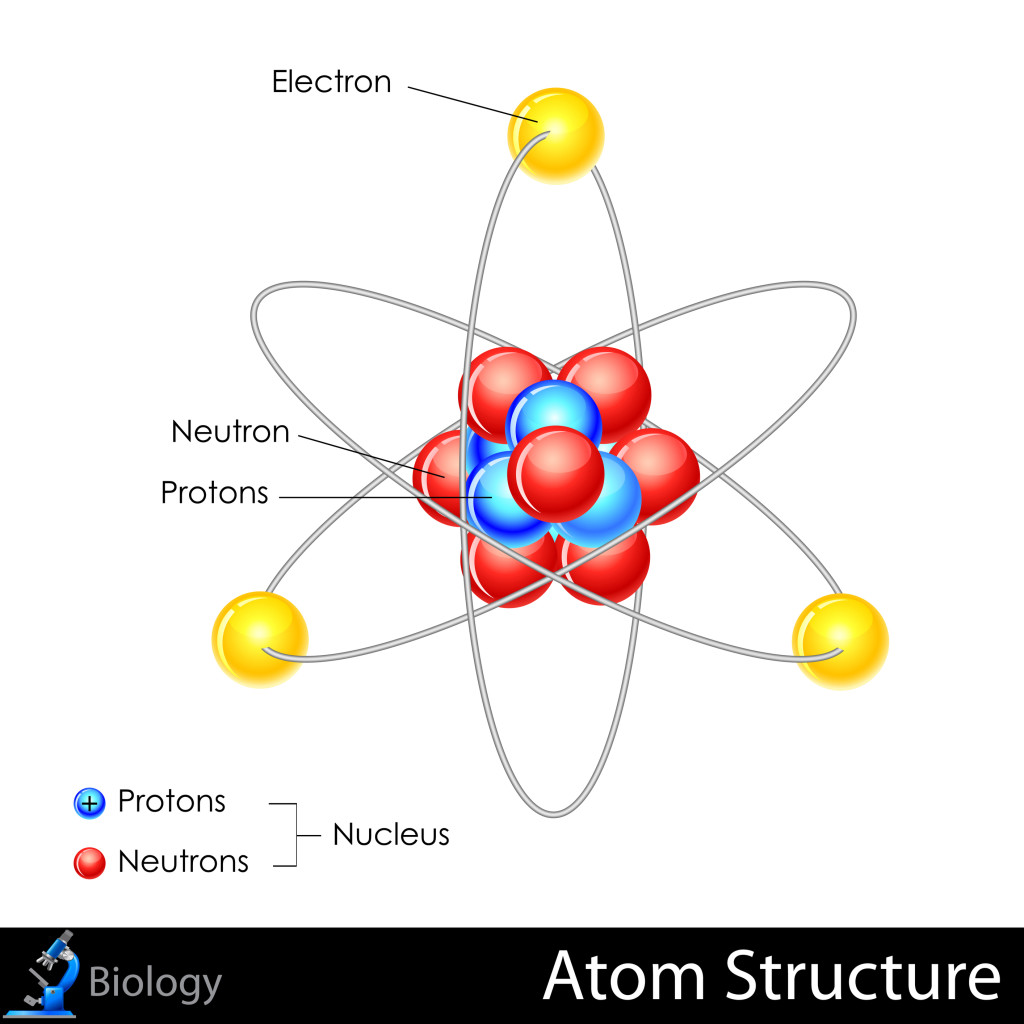
The Structure of Atoms
If there are more protons than electrons, an atomic ion has a positive charge and is called a cation. If there are more electrons than protons, the ion has a negative charge and is called an anion. Elements are shown from atomic number 1 (hydrogen) up to 94 (plutonium). However, it's easy to determine the configuration of electrons for heavier.

Atoms & Molecules echapter — The Biology Primer
5.8: Orbitals. Page ID. Ed Vitz, John W. Moore, Justin Shorb, Xavier Prat-Resina, Tim Wendorff, & Adam Hahn. Chemical Education Digital Library (ChemEd DL) A characteristic of the diagram Figure 1 in Electron Waves in the Hydrogen Atom is that it has been assigned an identifying label, namely, 1 s.